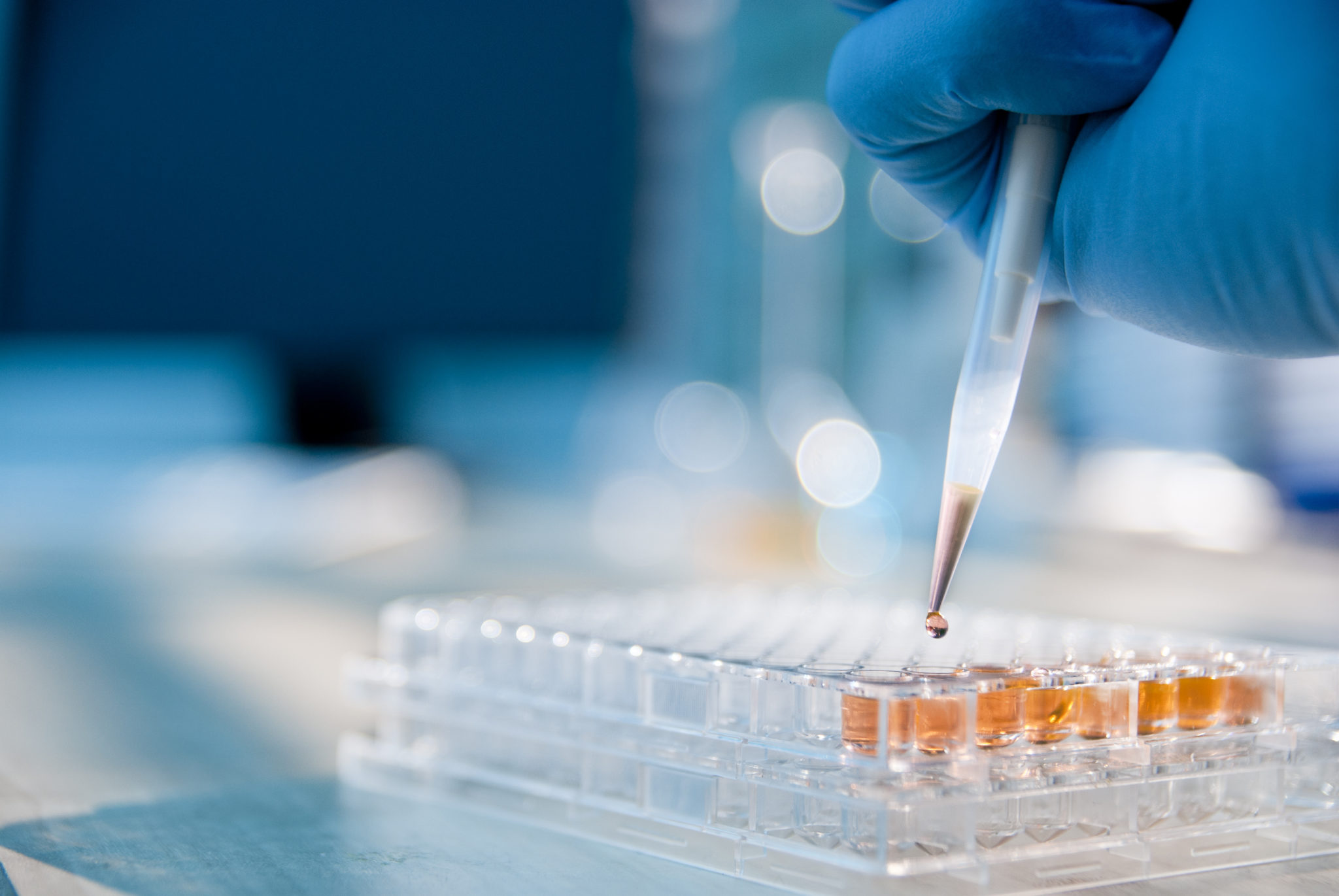CJEU clarifies conditions for obtaining SPC protection for medicinal products
Published on 1st May 2020
Royalty Pharma: the CJEU's latest decision on Supplementary Protection Certificates addresses when medicinal products can be "protected by a basic patent in force".

Supplementary Patent Certificates, or SPCs, (known as ‘Patent Term Extensions’ in the US) extend patent protection in relation to medicinal products and their uses to compensate patentees for the inability to exploit their inventions while medicines undergo lengthy regulatory approvals. The SPC regime in the EU is critical to help incentivise valuable R&D into new medicines.
On 30 April 2020, the Court of Justice handed down its long-awaited decision in Royalty Pharma (Case C-650/17). This case is the latest in a number of recent references concerning the interpretation of whether a product in issue under an SPC is "protected by a basic patent in force" (Art.3(a) of the SPC regulation). This is a reference from the German Federal Patent Court (the Bundespatentgericht) and was joined with a reference from the Court of Appeal of England and Wales in Sandoz v G.D Searle, which was withdrawn in December 2019 following the AG's opinion.
Royalty Pharma's basic patent contains functionally defined claims covering a class of inhibitor (to dipeptidylpeptidase IV) for use in lowering blood glucose for the treatment of diabetes mellitus. In support of its SPC, Royalty Pharma relied on Merck Sharp & Dohme's marketing authorisation for Januvia (INN: sitagliptin), which is a DP IV inhibitor satisfying the functional definition in the claims. Sitagliptin was developed after the filing date of the basic patent so could not be specifically identified in the basic patent.
The SPC was refused by the German patent office (DPMA) and on appeal the Bundespatentgericht referred several questions to the CJEU. The questions concerned the correct interpretation of Art.3(a) based on products which satisfy the functional definition in the claims but which are not individually disclosed in the basic patent. A specific question (question 3) was raised over whether products which fall within the functional definition of the claims but have only been developed after the filing date of the basic patent as a result of an "independent inventive step" could satisfy the requirement of Art.3(a) of the SPC regulation.
Key findings
- The Eli Lilly CJEU test that the claims must relate "implicitly but necessarily and specifically" to the active ingredient (as expanded upon in Teva v Gilead CJEU) was applied to products that are not explicitly mentioned in the claims but which satisfy a functional definition used in the claims. The CJEU confirmed that products which satisfy a functional definition are not precluded from being a "product protected by a basic patent in force" under Art.3(a).
- The "core inventive advance" test has now been clearly ruled out as a way of determining whether a product necessarily forms part of the invention protected by the basic patent (limb 1 of the Eli Lilly/Teva v Gilead test); see [31] and [32]. This is consistent with the Court of Appeal's interpretation in Teva v Gilead [2019] EWCA 2272 and the view expressed by the Bundespatentgericht when making the referral.
- The CJEU found that, on the facts, the product in issue (sitaglibtin) meets the functional definition of the claims and necessarily falls under the invention covered by the basic patent, thereby satisfying limb 1 of the test (subject to verification from the referring national court; see [38]).
- In order to satisfy the "specifically identifiable" requirement of limb 2 of the Eli Lilly/Teva v Gilead test, the CJEU suggested that national courts should ask whether the product can be derived directly and unambiguously by the person skilled in the art from the patent as a whole, based on their general knowledge in the field at the filing or priority date and taking into account the state of the art at that date (see [40]).
- The CJEU held that (in answer to question 3) the conditions of Art.3(a) are not satisfied if a product falling within the functional definition of the claims is developed after the filing date of the basic patent as a result of "an independent inventive step" (see [46] to [50]).
Comment
As with most CJEU decisions on the SPC regulation, this judgment raises as many questions as it answers. It is important to bear in mind that the following considerations, like the Royalty Pharma decision itself, are directed to cases where the product in issue satisfies a functional definition in the claims but there is no individualised disclosure of the product in the basic patent.
The additional guidance on the "specifically identifiable" test in [40] (point 4 above) uses a mix of patent law concepts; it appears to import an enablement requirement and allow the use of both CGK and prior art. This latter feature may go some way to answering the first "difficult question" posed by Floyd LJ in Teva v Gilead [2019] EWCA 2272 at [84] that the pool of prior art material is simply crystallised at the filing or priority date and there is no further restriction which requires that information to meet the CGK threshold in allowing the skilled person to specifically identify the product in issue.
The test of whether there has been an "independent inventive step" (the final bullet point above) is likely to raise further questions (this wording was used in the questions referred by the Bundespatentgericht). For example, how should "an independent inventive step" be assessed? Should "inventiveness" be tested by reference to the patent law standard? This test would appear to permit SPCs on implementations of the basic patent, and obvious modifications thereto, which are not individually disclosed in the patent and not carried out until after the filing date.
Asking when a particular product has been "developed" also raises difficult practical questions for product claims and therapeutic use claims. For example, for antibody claims, would it be sufficient that the lead candidate was generated, screened and identified before the filing date or would it also have to undergo pre-clinical animal testing and be formally selected as the lead candidate? For SPCs relying upon therapeutic use claims, determining the date when a therapeutic effect was achieved is likely to require expert evidence and difficult questions over confidence thresholds (i.e. plausibility). Resolving these questions is likely to represent a real burden on national patent offices and there will no doubt be further referrals on this issue.
The distinction drawn by Arnold J (as he then was) in Eli Lilly v Genentech [2019] EWHC 388 (Pat) between antibody claims and therapeutic use claims (in [26] and [28]) when considering the significance of whether the development of the product took place after the priority or filing date should now be considered irrelevant. That is, at least to the extent that development is a result of an "independent inventive step". The CJEU has made it clear that development work conducted after the filing date will not satisfy Art.3(a).
Many observers of this decision were hoping it may clarify whether the practice of filing third party SPCs (relying upon somebody else's marketing authorisation to extend the term of protection of your patent) is legitimate. This question remains open but it is clear that SPCs will not be granted where a product has been developed after the filing date of the basic patent (as a result of an "independent inventive step"). Parties intending to rely upon third party marketing authorisations for their SPC filings will have to carefully consider the likely chronology of product development without having the benefit of knowing much about the development story. Seeking access to filings before the EMA is likely to assist with this (following Case-178/18 PTC Therapeutics International). It seems likely that there will be more challenges over third party SPC applications where the applicant has misjudged whether product development was compete before the filing date of the basic patent relied upon.



